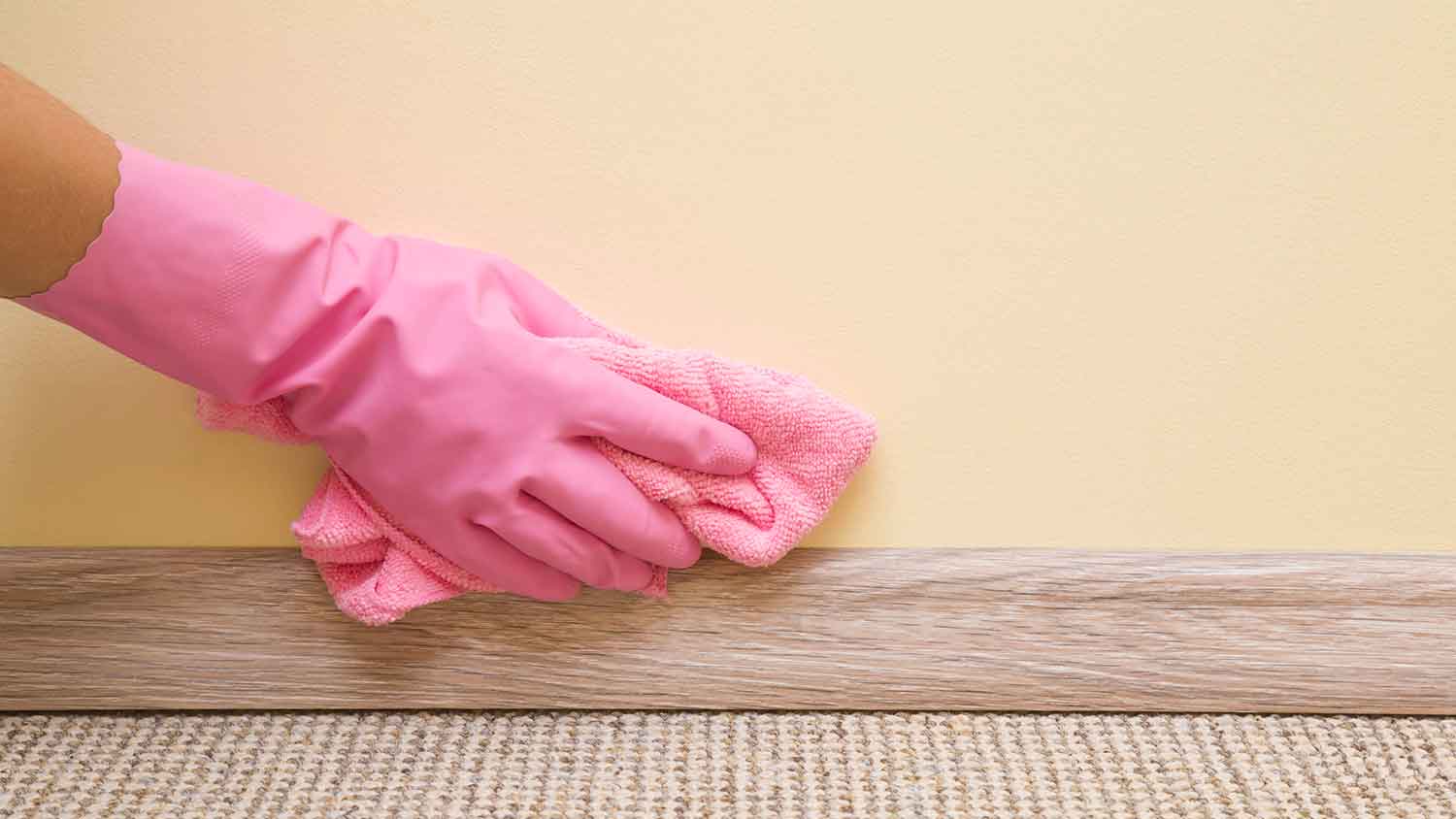
The cost to paint the interior of a house in San Francisco, CA depends on size, layout, type of surface, and more. Learn what factors can influence your total in this guide.
The difference between no- and low-luster paint is subtle but significant


Flat paint is non-reflective, can better hide surface imperfections, and is easier to use.
Matte paint is slightly reflective, easier to clean, and a bit more durable.
The sheen difference is subtle but can affect appearance and application.
Picking a paint color might be your top priority when planning a room refresh, but paint sheen also plays a big part in the result. Nothing beats non-reflective matte or flat paint for ease of application, coverage of surface imperfections, and creating a cozy ambiance. While it’s true that even the pros use the terms interchangeably, there are subtle variances between these two finishes. Read on to learn more about flat versus matte paint and which is better for revamping your room.
Most visitors won’t be able to tell whether you’ve used no-luster flat or low-luster matte paints on your walls. But if you’re a paint perfectionist, learning about the subtle differences in gloss, ease of application, cleaning, and durability is worth it.
| Type of Difference | Flat Paint | Matte Paint |
|---|---|---|
| Appearance | No-luster | Low-luster |
| Texture | Hides blemishes best | Still conceals well |
| Ease of application | Very easy to apply | Easy to apply |
| Cleaning | Not washable | Sometimes washable |
| Durability | Least durable | Medium longevity |
| Price | Most budget-friendly | Still economical |
Both flat and matte paints are light-absorbing, non-reflective sheens, ideal for creating a cozy atmosphere and hiding surface imperfections. Flat paint has between 0% and 5% sheen, and matte has between 3% and 10%. Because flat formulas don’t reflect light due to their high pigment concentration, they’re the best paint for walls with cracks, blemishes, nail holes, and other small surface flaws. Matte finishes are still capable concealers, and their velvety glow promotes a more robust depth of color.
Both flat and matte paints glide onto walls like a dream—minimizing the time it takes to paint a room. If your DIY skills are lacking, these paint finishes are the most forgiving and provide excellent uniform coverage. While neither can work miracles, if you’re no Picasso, flat paints smooth out brush strokes and disguise drips or uneven application more readily than matte paints. If you struggle with paint application or just don’t want the hassle, hire a local interior painter for a perfect finish.

If your walls see kids' sticky fingers and mud-caked mutts, consider picking a matte paint rather than a flat one. Chalky, porous flat paints often aren’t washable, and marks don’t wipe off well. Traditional matte paints, with their higher sheen levels, are wipeable even if they don’t lend themselves well to regular scrubbing like satin or semi-gloss finishes.
Handily, modern paint brands offer matte and flat formulas that are easier to clean, so you don’t always have to rule out these types of paint finishes to maintain spotless, high-traffic surfaces.
Because they attract scuffs and stains and aren’t easy to clean, neither flat or matte paints are known for being the most durable or moisture-resistant finishes. However, with their light gloss, matte formulas tend to be a little longer-lasting.
These days, paint brands produce low-luster sheens suitable for stain-collecting kitchens, steamy bathrooms, and other high-humidity spaces. It’s even possible to find matte exterior paint sheen formulas.

Both flat and matte finishes are smart choices when trying to keep the cost of painting your home’s interior to a minimum. They both produce even coverage with fewer coats than the glossier formulas. Often, there will be little price difference, but flat paints are slightly more budget-friendly than matte paints.
Using flat paint on a high-traffic area means you’ll probably have to pay to repaint sooner than you would with a more durable eggshell or satin paint finish, so factor that into your budget.
From average costs to expert advice, get all the answers you need to get your job done.

The cost to paint the interior of a house in San Francisco, CA depends on size, layout, type of surface, and more. Learn what factors can influence your total in this guide.

The cost to paint the interior of a house in Atlanta, GA depends on size, layout, type of surface, and more. Learn what factors can influence your total in this guide.

The cost to paint the interior of a house in Los Angeles, CA depends on size, layout, type of surface, and more. Learn what factors can influence your total in this guide.

Are you asking yourself, “What is limewash paint?” Learn more about this timeless paint, sometimes called whitewash, before using it in your next project.

Deciding on an overall color scheme for the interior of your house is stressful. Going through the process? Here are the best white wall and trim color combinations.

Looking for the perfect hue to revamp your space and elevate your farmhouse design? Use these perfect farmhouse paint colors for inspiration.